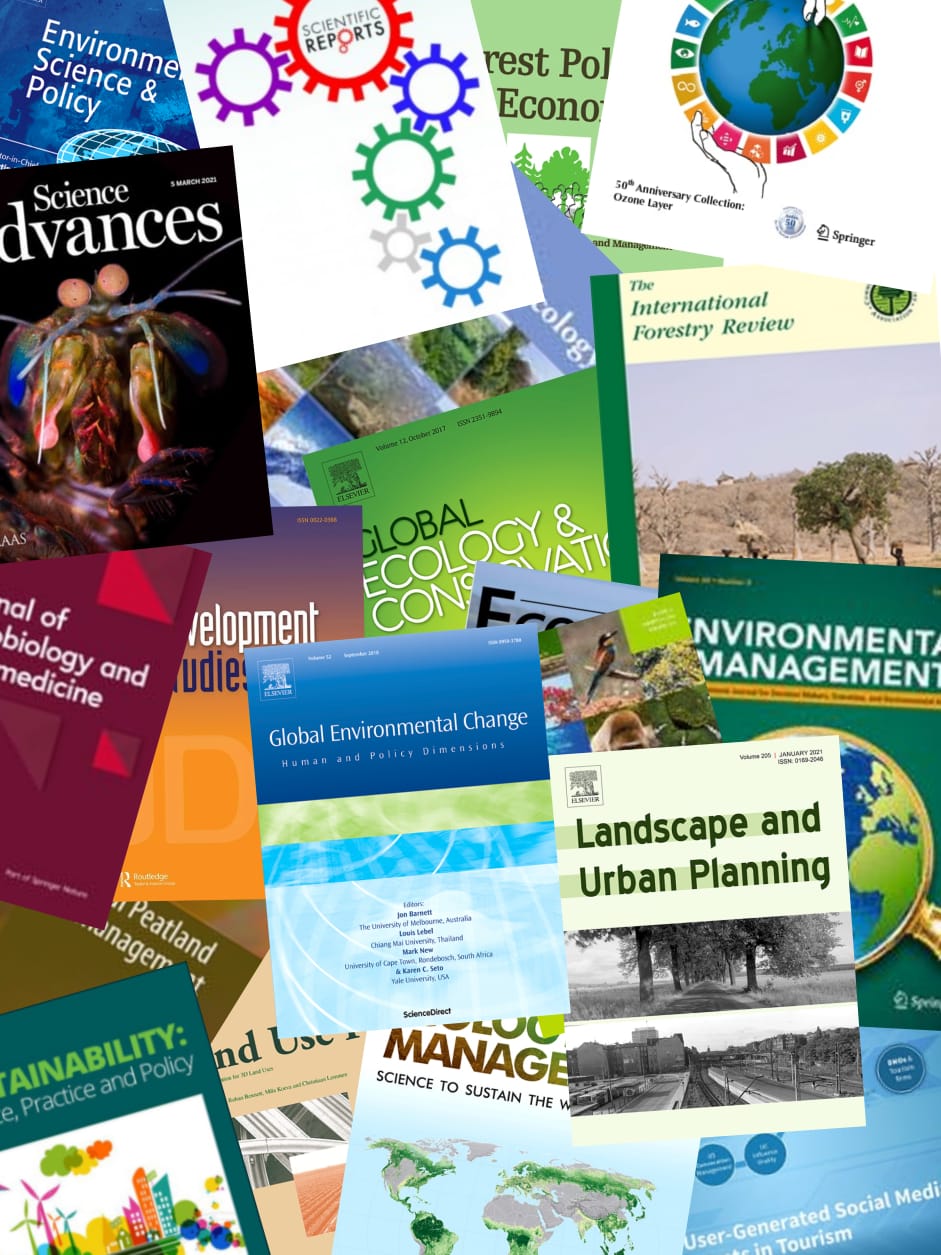The clouds of the financial storm that raged in 1997-98 continue, metaphorically, to envelope Southeast Asia. Although the region is showing signs of financial recovery it is tentative and remains vulnerable to shocks in the international political economy. The loss of financial confidence in the American market following a series of scandals in 2002, coupled to the threat of war against Iraq, has begun to impact upon the economic recovery of Southeast Asia. Singapore, the region’s economically most secure state, recorded only a 3.7 per cent rate of growth between July and September 2002. This was considerably less than the 7 per cent estimated rate of growth for the third quarter, and whereas this quarter was expected to show a levelling out on a quarter-on-quarter basis, it actually dropped by 10.3 per cent. The literal clouds that float over the region are no less threatening. With the forest-fires on Kalimantan and elsewhere in Indonesia sending pollutants now annually into the atmosphere, the euphemistically named ‘haze’ remains a significant economic and environmental problem. On the ground a variety of transnational problems are threatening the stability of the region. These include drug trafficking, which in 1999 the Thai government identified as the number one threat to national security. Other forms of international crime (people-smuggling, money laundering), and since 11 September 2001 global terrorism, are also causing tensions in the region. © Palgrave Macmillan a division of Macmillan Publishers Limited 2003.
View source

